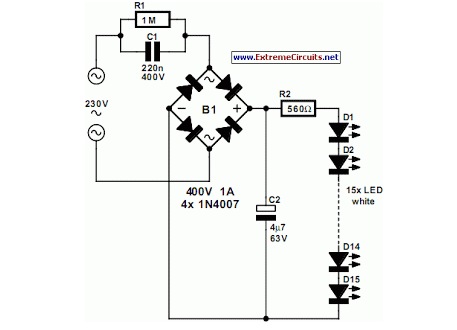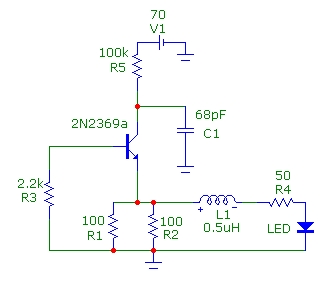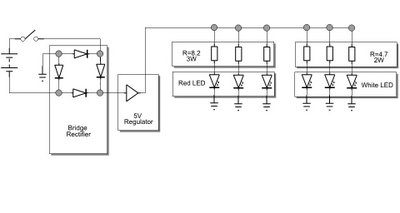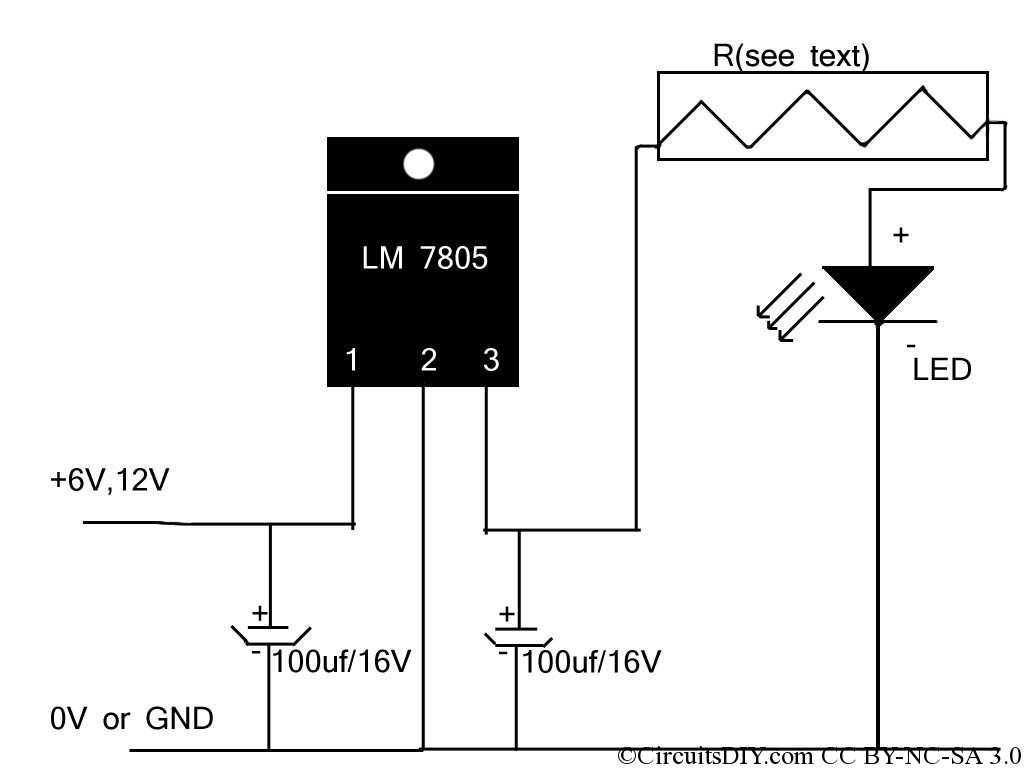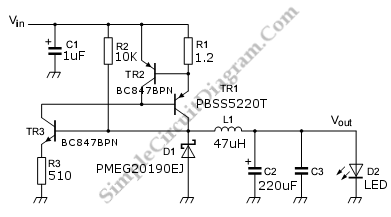
Drive Two-Six White LEDs (WLEDs) in Parallel
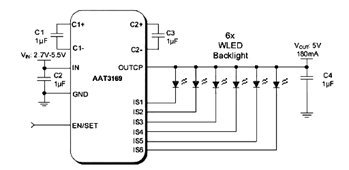
The parallel arrangement of LED backlights allows the control IC to utilize inexpensive low voltage CMOS processes, as illustrated in the following circuit diagram, which requires two to six white LEDs (WLEDs) in parallel. In many applications, LED backlights are used in small and medium-sized portable LCD displays. The AAT3169 IC is capable of driving six LEDs for a total of 180mA from a 2.7V to 5.5V input. It drives the LEDs with a constant current programmed by a low-side current sink (high-side current sources are also available). However, this can lead to unacceptable channel-to-channel mismatch in large format LCD displays where a greater number of LEDs are required across a larger viewing area.
The circuit described involves a parallel configuration of white LEDs (WLEDs) which provides a flexible and cost-effective solution for backlighting applications in LCD displays. The AAT3169 integrated circuit (IC) serves as the primary driver for these LEDs, ensuring efficient operation within a specified voltage range of 2.7V to 5.5V. This versatility in voltage allows for compatibility with various power supply designs commonly found in portable devices.
The AAT3169 IC is designed to drive up to six WLEDs simultaneously, delivering a total output current of 180mA. This output is achieved through a constant current drive mechanism, which is critical for maintaining consistent brightness levels across the LEDs. The use of a low-side current sink configuration allows the IC to manage the current effectively, though it also offers the option for high-side current sources if required by the specific application.
In practical terms, the parallel arrangement of the LEDs facilitates a more straightforward implementation in smaller displays, where the number of LEDs can be limited. However, in larger format LCD displays that require a greater number of LEDs for uniform brightness across a larger viewing area, the potential for channel-to-channel current mismatch becomes a significant concern. This mismatch can lead to uneven brightness, which is undesirable in high-quality display applications. Therefore, careful consideration must be given to the design and implementation of LED backlighting systems, particularly in larger displays where multiple AAT3169 ICs may be needed to ensure uniformity and performance.
Overall, the AAT3169 IC provides a robust solution for LED backlighting, balancing efficiency, cost, and performance, while also highlighting the challenges associated with scaling up for larger display formats.The parallel arrangement of LED backlights allows the control IC to utilize inexpensive low voltage CMOS processes as shown by the followingcircuit diagram which requires two to six white LEDs (WLEDs) in parallel. In many applications, LED backlights have been used in small and medium size portable LCD displays. The AAT3169 IC is capable of drivin g six LEDs for a total of 180mA from a 2. 7V to 5. 5V input. It drives the LEDs with a constant current programmed by a low-side current sink (high side current source also are available). But it can result in unacceptable channel-to-channel mismatch in large format LCD displays where a greater number of LEDs are required across a larger viewing area.
🔗 External reference
The circuit described involves a parallel configuration of white LEDs (WLEDs) which provides a flexible and cost-effective solution for backlighting applications in LCD displays. The AAT3169 integrated circuit (IC) serves as the primary driver for these LEDs, ensuring efficient operation within a specified voltage range of 2.7V to 5.5V. This versatility in voltage allows for compatibility with various power supply designs commonly found in portable devices.
The AAT3169 IC is designed to drive up to six WLEDs simultaneously, delivering a total output current of 180mA. This output is achieved through a constant current drive mechanism, which is critical for maintaining consistent brightness levels across the LEDs. The use of a low-side current sink configuration allows the IC to manage the current effectively, though it also offers the option for high-side current sources if required by the specific application.
In practical terms, the parallel arrangement of the LEDs facilitates a more straightforward implementation in smaller displays, where the number of LEDs can be limited. However, in larger format LCD displays that require a greater number of LEDs for uniform brightness across a larger viewing area, the potential for channel-to-channel current mismatch becomes a significant concern. This mismatch can lead to uneven brightness, which is undesirable in high-quality display applications. Therefore, careful consideration must be given to the design and implementation of LED backlighting systems, particularly in larger displays where multiple AAT3169 ICs may be needed to ensure uniformity and performance.
Overall, the AAT3169 IC provides a robust solution for LED backlighting, balancing efficiency, cost, and performance, while also highlighting the challenges associated with scaling up for larger display formats.The parallel arrangement of LED backlights allows the control IC to utilize inexpensive low voltage CMOS processes as shown by the followingcircuit diagram which requires two to six white LEDs (WLEDs) in parallel. In many applications, LED backlights have been used in small and medium size portable LCD displays. The AAT3169 IC is capable of drivin g six LEDs for a total of 180mA from a 2. 7V to 5. 5V input. It drives the LEDs with a constant current programmed by a low-side current sink (high side current source also are available). But it can result in unacceptable channel-to-channel mismatch in large format LCD displays where a greater number of LEDs are required across a larger viewing area.
🔗 External reference
